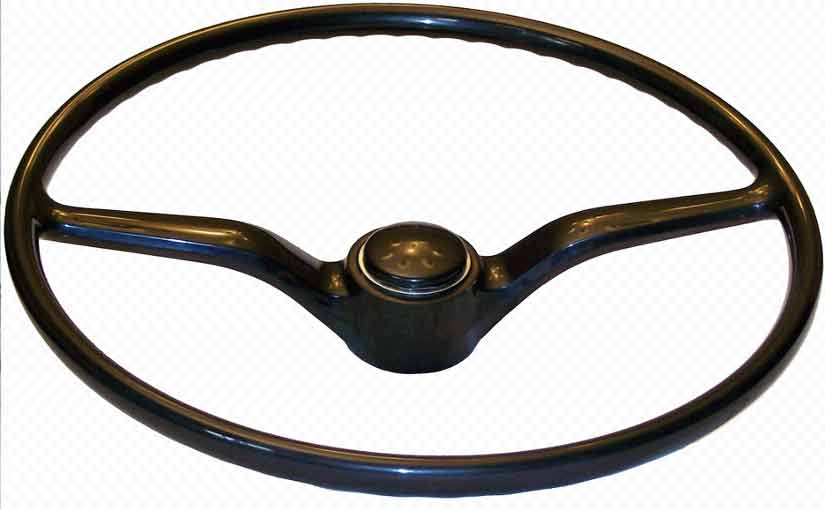This article will cover using bacteria to degrade grease. Man has always come up with various inventions that
primarily have the intention of helping the world become a much better place to
live in. One of the most beneficial contributions is grease. Grease is a
chemical compound that’s supposed to serve as an efficient lubricant in various
industries. It makes machines function much more efficiently. Because of
grease, production in every field has accelerated, bringing about more products
for consumers to choose from.
Consumerism in the United States has brought out various choices for every buyer. It would seem
like grease has conquered every possible business enterprise especially when it
comes to food processing. Food is one of the biggest businesses in the world,
particularly in the US. Americans do love their food and you can never miss a
food stall in every corner of a busy street. With the myriad of cultures that
has made it through the border, Americans have found it a staple to diversify
their diet and therefore come up with newer means to satisfy their cravings.
As various food establishments are born, grease takes another step higher. It continues to do
so and the outcome is the FOG (fats, oils, grease) crisis. The FOG that
thousands of food establishments produce is overflowing into the wastewater
treatment system. This causes heavy blockage, making the raw effluent back up
into the establishments. Health and environmental problems spring about and
these are not tolerated by the US government. To resolve the worsening crisis,
the grease ordinance was created. This mandates the owners of food-related
establishments to have grease traps installed in their premises. The traps
could be placed indoors if the company is small but should be placed outside,
underground if the company is big.
The owners are obligated to maintain the grease traps well so that FOG overflow can be
prevented. This means that there should be a set schedule to pump out the
grease trap and eliminate the accumulated grease in time. It’s a rule that the
grease trap should be pumped out at least 4 times every year. But because the
establishments avoid paying large fines or confronting lawsuits, they opt to
pump out every single week. This is a costly practice but they agree to do it
anyway. The pump out should be done by a licensed waste hauler because if the
hauler isn’t legally allowed to do it or dump the waste, then the company will
face lawsuits as well.
In maintaining the grease trap, there are so many products available these days. Most of them are
chemicals and enzymes that promise a great deal of good to the consumers. They
even go to the point where they promise a pump free grease trap if their
products are used. Pumping out should not be eliminated in maintaining the
grease trap. This assures that the FOG level will be kept very low and that no
FOG overflow will occur. When you use chemicals and enzymes, the FOG would appear to have been dissolved. But what
really happens is that the FOG is emulsified and mixed into the wastewater. It
cools down at it travels through the sewer lines and sticks to the inner pipe
walls. As more FOG enters the sewers, the blockage thickens, until the
wastewater backs up into the establishment. This will result to health and
environmental problems that will cause trouble to the patrons, the management,
and the surrounding environment.
In using bacteria to degrade grease, you need not worry about any mimicry of an actual FOG overflow.
Bacteria are very efficient in consuming every bit of FOG in the grease trap.
They are living organisms that need to survive so they have to consume what
they can. In doing so, they leave the trap odorless and the environment safe
from any contaminants. Bacteria should be encouraged more in maintaining grease
traps. If this continuous, surely the FOG crisis would be over soon.


